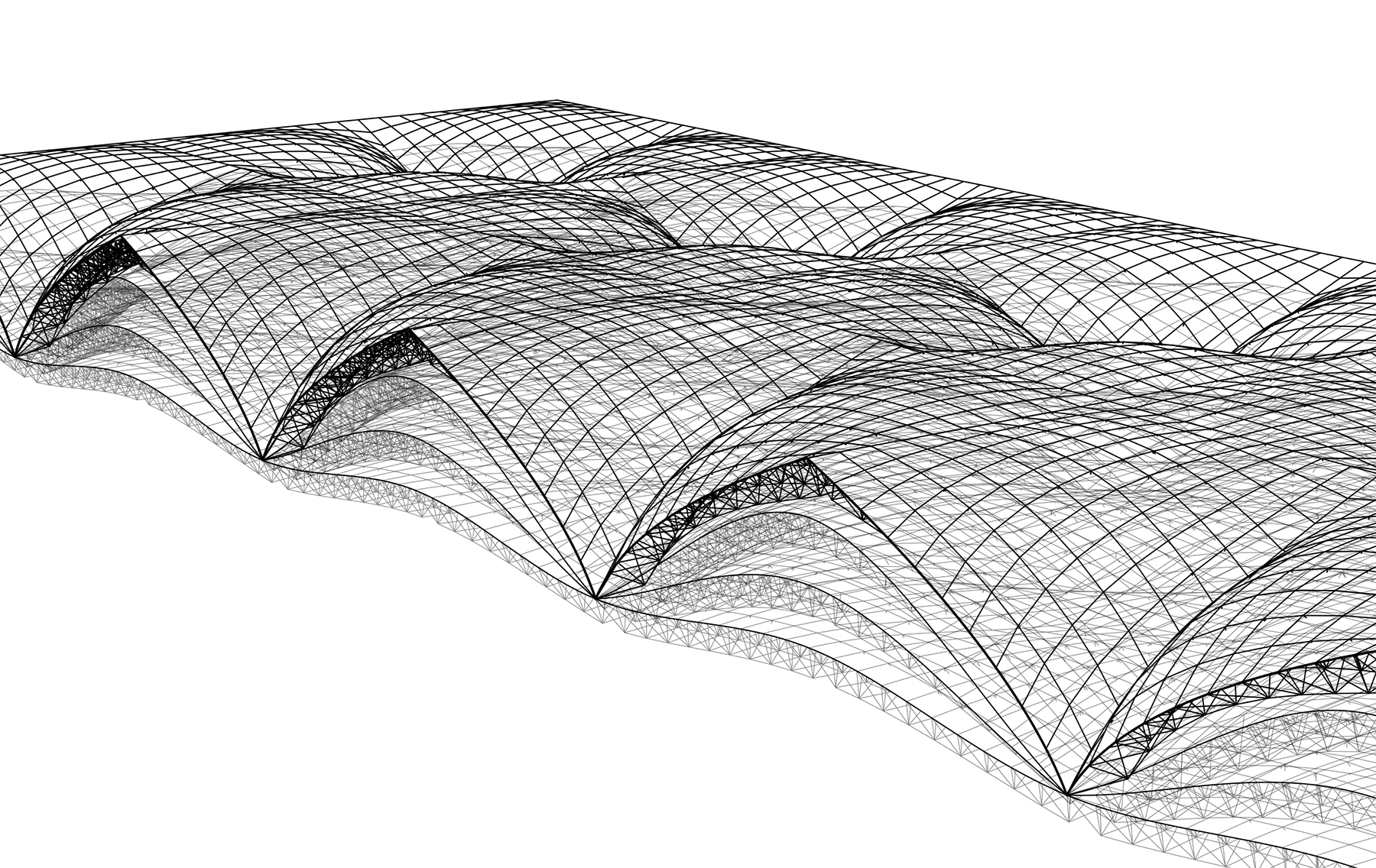STATIC TO DYNAMIC
KINETIC ARCHITECTURE AS MEANS FOR RESPONSIVE ENVIRONMENTS FOR PUBLIC SPACES.
Abstract
Kinetic architecture can be found to some degree in almost every building today. From automatic doors opening when you approach them, to automatic ventilation and sun shading systems. Even regular doors and windows that can be opened could be considered kinetic architecture, using mechanics to change and adapt the building. In most cases it is used as an addition to the building, a dynamic layer of kinetics added to a static structure. Quite rarely it is used in the structure and architecture itself, making it possible to transform the entire structure.
This thesis explores the use of a kinetic structure in a public urban setting and how the use of a dynamic structure transforms the space. With the purpose to test the advantages or disadvantages of a kinetic structure and how it can transform public urban spaces. By exploring different scenarios of the interaction between people and a responsive structure that can adapt and transform. This thesis also explores a structural system that is very flexible and dynamic with the ability to completely transform the public urban space.
Conceptual design is used to develop ideas of different ways to interact with public spaces and an architecture that can adapt to transform the space. This results in ideas of a responsive structure that can transform with people’s direct interaction or adapt over time. The conceptual design is investigated by creating scenarios of how the structure can directly respond to the users as well as adapting over time.
Questions
How can a typically urban static space, be designed to be completely dynamic and transforming based on people’s behaviour and interaction using systems of kinetic architecture?
To what extents can the user experience be understood through schematic scenario-planning of responsive public spaces?
